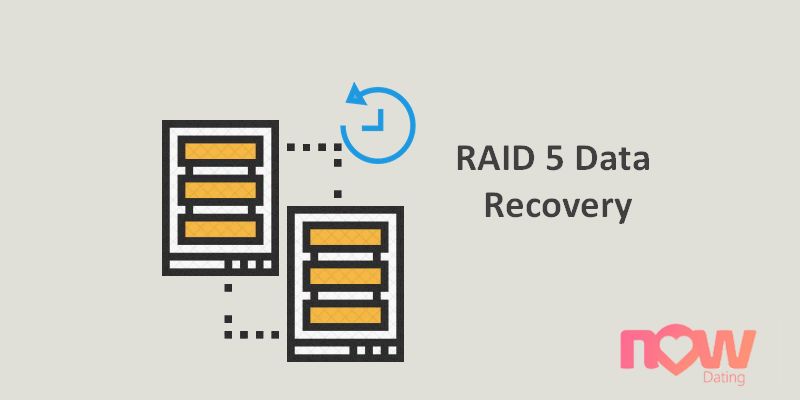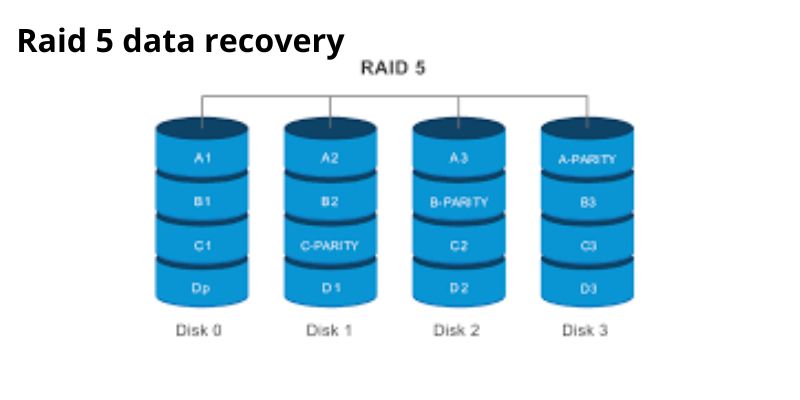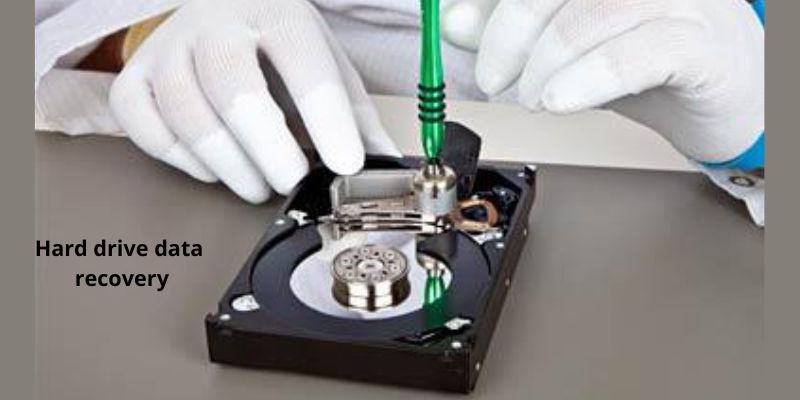Expert RAID 5 Data Recovery Services: Restoring Your Vital Data Safely

The protection and raid 5 data recovery are crucial in the digital environment, where information is a key component of contemporary company activities. Performance, storage capacity, and data redundancy are all balanced by the commonly used data storage configuration raid 5 data recovery. However, despite having a robust architecture, data loss can still occur due to unanticipated circumstances such hardware malfunctions, mistakes made by humans, or software bugs.
RAID 5 data recovery enters the picture at this point, providing a lifeline to save crucial data from the verge of extinction. In this investigation, we delve into the complexities of RAID 5 data recovery, revealing the strategies, difficulties, and best practices that enable organizations and people to recover their priceless digital assets. Join us on this adventure as we reveal the techniques for reviving, rebuilding, and restoring data, giving your digital infrastructure new life. qule.info will provide some of information for you in this post.
How RAID 5 disk recovery is provided?

First, take a deep breath and remember that raid 5 data recovery software is available and can save as much of your data as possible. You will find detailed directions on how to restore RAID 5 in the following sections of this post if you are composed and prepared to move forward.
Prior to raid 5 data recovery, you must first ascertain the RAID 5 array configuration.
Typically, it includes the following parameters:
- How many disks are in your RAID 5 array. Three is the bare minimum for RAID 5.
- The order of disks in an array.
- The size of the stripes in your RAID 5.
This plan is an illustration of a traditional RAID 5 with four disks. Before you start learning how to recover RAID 5 data, having a fundamental understanding of your RAID will be useful.
But don’t worry if you don’t grasp anything technological. Diskinternals get data back When using the Reader/Uneraser mode, RAID automatically configures an array; this process takes a few minutes. The automatic RAID 5 disk failure recovery method will be covered in the paragraph after this.
RAID-5 recovery with software
The essential thing to do to avoid data loss is to regularly back up your files. BUT! DiskInternals RAID Recovery does not have a problem if you don’t have a backup. Regardless of the cause of the data loss, RAID Recovery enables you to recover your raid 5 data recovery.
With RAID Recovery by DiskInternals, you can restore data if you have issues with RAID-5 recovery. The data can be saved and moved to a different location with this software.
Both automatic and manual disk configuration and technical parameter detection are possible. All you have to do is adhere to the detailed instructions provided below specifically for you.
RAID 5 recovery with 2 Failed Drives

Regardless of the size of the array, raid 5 data recovery issues are a common occurrence for RAID 5 users. Due to the complex data storage techniques, you will want the most robust RAID recovery software to complete data recovery from the RAID 5 array. RAID Recovery by DiskInternals can recover RAID 5 data, which is wonderful news.
Again, the likelihood of retrieving your information and, moreover, the functionality of the programs you had, will probably not be restored if you cannot even recall when your last backup was done. Nevertheless, you might attempt to save data.
DiskInternals’ RAID Recovery will do everything in its power to save as much of your RAID 5 array’s data as possible.
Steps to recover data from RAID 5

Diskinternals RAID Recovery makes it safe and dependable to do RAID 5 recovery. Download RAID Recovery, then simply follow the instructions below.
Follow these methods to recover RAID 5 data.
1. Attach the disks in the array to your computer as separate local disks.
2. Open the RAID recovery software from Diskinternals.
3. The new RAID disk will be added to the disk list after running the RAID Wizard to restore RAID 5.
4. From the RAID disk, open the logical disk that is located in the Hard Drives part of the disk list in Reader or Uneraser mode.
5. Use the Saving Wizard to highlight the data and store it in a new location.
If you have a basic understanding of your RAID, you should be able to recover data from RAID 5 with two failed disks using the software because it is rather easy to use. Following the process, your data will be restored to a new place.
Steps of RAID 5 recovery
The simplest steps to recover RAID 5 data from a single drive are as follows:
- Take the NAS disks out.
- To the computer, connect them.
By following these procedures, you can safely transfer the raid 5 data recovery you had on the array and preserve it for later use.
RAID 5 Recovery Guide:
The second recovery advice for RAID 5 is to never attempt to restore data from each drive individually. If older drives functioned as an array, the only technically sound course of action would be to restore data from the entire array. One issue would arise if you attempted to restore data on each disk separately: the data would not be retrievable.
Now let’s discuss array recovery. The procedures taking you through raid 5 data recovery will be the same regardless of the sort of raid 5 data recovery loss you encounter, whether the cause is hardware damage to the disks or software issues.
Conclusion: So above is the Expert RAID 5 Data Recovery Services: Restoring Your Vital Data Safely article. Hopefully with this article you can help you in life, always follow and read our good articles on the website: qule.info




